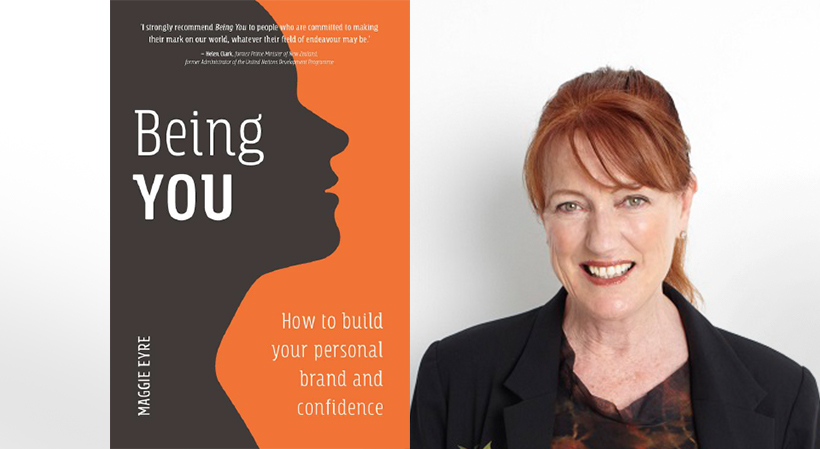The following is excerpted from “Being You: How to Build Your Personal Brand and Confidence” by Maggie Eyre ©2019 and reproduced with permission from Exisle Publishing.
When I first set up my business, the biggest mistake I made was not being strategic. I didn’t go immediately to experts and I tried to do it myself using Twitter, Facebook, and LinkedIn. I would have been better off handing it over to one person to manage.
I also lacked the experience and passion to drive it. A digital strategy is simply having an action plan, and when you have a plan, you have more confidence because you have steps to follow to achieve a long-term goal. The bonus of hiring an expert is that you are held accountable and work with this person or team to get the job done.
For some of you, you may be well and truly on your way and might not need any input, but for others, you might need to know the key steps to take. I approached my strategist, Brya Page, who I trust and who assists in building my website, to give me some tips.
How do you create a digital strategy to reflect and grow your personal brand?
Related: Why You Need a Personal Brand and How to Build a Powerful One
There are four key steps
Define what it is that you want to achieve
Do you want to build a following on a platform such as Instagram, Facebook, Twitter? Or do you want to increase email subscriptions or sales? Be clear about what it is you want to achieve.
Define your target audience and who your future target market might be
Take note of the various platforms such as Twitter, LinkedIn, Facebook, Instagram and WeChat that reflect your target markets and which are relevant to your brand, your products, and/or your services.
For example, if your product is visibly appealing, then Instagram is a good choice. LinkedIn, on the other hand, might be a better option to promote business-to-business services.
Build a content strategy around your target market’s needs
Think about how you can add value for your audience. Establish set subject areas on your digital platform.
For example: tips, industry updates, topical and media-related articles, things happening in another industry that could be learned from, podcasts, interviews, stories about people. Make sure that your brand is personable and positioned so it helps to create the perception of what the brand is, e.g. fun, rough, rugged or friendly.
There are three main points to remember
- Ensure your online presence contains 30 percent of what I like to call “See it,” that is, things that amuse people, such as animals or something else upbeat and fun that’s relevant to your industry or area of expertise
- A whole 50 percent of your online presence should constitute “believe it,” or content that paints a picture of you as an expert in your field
- The final 20 percent promotes your products and services; this is selling through your posts
Create a content calendar
Organize the content you will produce on a daily, weekly and monthly schedule. This will save you time and money and keep you on track. You can incorporate seasonal changes for topics. For example, engagement levels in winter are good for a wool brand, whereas engagement levels from a cold drinks brand can come alive in the lead-up to summer.
You can incorporate events like school holidays to ensure the most from your target market as well as special events, local events and weekly themes. Noting the date, day and time your social media posts perform better, and what posts get the most engagement, is helpful.
Sign Up: Receive the StartupNation newsletter!
Extra tips
Design and imagery are important to reflect your brand’s personality.
Is it fun, upbeat, approachable, sophisticated? Design, images and content are vital in portraying the right positioning, so it’s important to get these right. Apps and programs can help to change the look and color of images. Apply filters (such as VSCO filters) so that that all images used on your digital platform look consistent. Always try to have a bank of edited photos and copy that you use. Do not use generic stock images, as they feel insincere.
Influence marketing is about building relationships with people who can build relationships for you with audiences that your brand may not ordinarily reach. Connect with social media influencers and marketers if you can. Identity influencers for your market and assess them for relevance and reach. Be sure that their audience size and channels align with you and your services and your brand. Share their content and offer thoughtful comments on their activities. If you’re a product-based business, offer your services to them. Find out what you can do for them rather than what they can do for you.
Automation tools and platforms can help house and monitor all your social media posts, channels, analytics and feedback. Always link your website to social media channels and blogs.
“Being You” is available now at fine booksellers and can be purchased via StartupNation.com.






